Christie’s, the world’s leading art business, held its auction of “Important American Paintings, Drawings and Sculpture” in New York on Wednesday, May 18.
There was a broad selection of styles and genres from different eras, including the Hudson River School, American Impressionism, Regionalism, Modernism, and Western Art. The sale also included 29 works from the Westervelt Company Collection, considered to be one of the best assemblages of 19th and 20th century American art in private hands.
With a total of 138 lots and individual estimates ranging between $10,000 and $5 million, only 88 lots sold. The sale achieved $22.2 million, with a pre-sale estimate of $29 million. A large number of the lots expected to bring the highest prices didn’t sell, but the sale still beat the December 2010 total, according to a press release.
“The sale also saw the return of many private American collectors to the saleroom in addition to a few foreign buyers, including the purchaser of a top lot from the Westervelt Collection: Frederick Carl Frieseke’s delightful Sunspots, which achieved a robust $1 million,” said Eric Widing, head of American Paintings, after the sale.
Sunspots is a romantic piece that depicts a close-up of a female nude reclining in the woods, with sunspots scattered across her skin as the sun filters through the trees.
The sale “highlight” artwork, expecting the highest price at the hammer (estimated at $3 million to $5 million), Frank Weston Benson’s Eleanor and Benny, remains unsold. Benson was one of the first American artists to introduce figures into Impressionist landscapes. The portrait of his daughter and grandchild was painted in 1916.
There was a broad selection of styles and genres from different eras, including the Hudson River School, American Impressionism, Regionalism, Modernism, and Western Art. The sale also included 29 works from the Westervelt Company Collection, considered to be one of the best assemblages of 19th and 20th century American art in private hands.
With a total of 138 lots and individual estimates ranging between $10,000 and $5 million, only 88 lots sold. The sale achieved $22.2 million, with a pre-sale estimate of $29 million. A large number of the lots expected to bring the highest prices didn’t sell, but the sale still beat the December 2010 total, according to a press release.
“The sale also saw the return of many private American collectors to the saleroom in addition to a few foreign buyers, including the purchaser of a top lot from the Westervelt Collection: Frederick Carl Frieseke’s delightful Sunspots, which achieved a robust $1 million,” said Eric Widing, head of American Paintings, after the sale.
Sunspots is a romantic piece that depicts a close-up of a female nude reclining in the woods, with sunspots scattered across her skin as the sun filters through the trees.
The sale “highlight” artwork, expecting the highest price at the hammer (estimated at $3 million to $5 million), Frank Weston Benson’s Eleanor and Benny, remains unsold. Benson was one of the first American artists to introduce figures into Impressionist landscapes. The portrait of his daughter and grandchild was painted in 1916.
The real sale highlight and top lot was North Wall Panel, painted in 1918 by Maxfield Parrish (1870–1966), which sold within its pre-sale estimate for $2.8 million. Over 42 individual characters populate the scene, including a self-portrait of the artist. It sold to an anonymous collector on the phone.
Christie’s website provides the following information: “Originally commissioned by Gertrude Vanderbilt Whitney (founder of The Whitney Museum of American Art in 1931) for her Fifth Avenue mansion, Parrish’s 18-foot wide North Wall Panel is among the largest American paintings ever offered at Christie’s New York.
“This fanciful panorama employs a myriad of brilliant hues and patterns to create a captivating and complex multi-figural scene that blends pre-Raphaelite sentiment, Old Master technique and a playful sense of wonder, as though offering a view into an imaginary world.
“As was his practice, Parrish employed family and friends to serve as models for his works, and the North Wall Panel includes many recognizable faces, including his own and that of his wife’s. In total, Parrish produced four murals for Ms. Whitney, who installed them in her sculpture studio in Old Westbury, Long Island.”
After the recent Norman Rockwell exhibit held at the Brooklyn Museum, it’s no wonder that his two paintings in the sale sold well.
The 1931 painting Milkmaid sold for $566,500, and a self-portrait, Waiting to for the Art Editor, depicting himself sitting next to his respected predecessor, Joseph Christian Leyendecker, sold for $482,500.
“Over the course of seven decades, Rockwell produced more than 800 magazine covers and ad campaigns for over 150 companies. In doing so Rockwell became as ubiquitous to the American public as the images he created,” according to Christie’s
“Waiting for the Art Editor touches upon ‘the virtue that he [Rockwell] admires ... and because he illustrates [his paintings] using familiar people in familiar settings with wonderful accuracy, he describes the American Dream.’ (T. Buechner, Norman Rockwell: A Sixty Year Retrospective, New York, 1972, p. 13),” according to Christie’s.
Another artwork the auction house was promoting as a sale highlight was Eanger Irving Couse’s The Love Call (estimated at $500,000 to $700,000) depicting a tender scene of a Native American serenading his love in the woods. The painting didn’t find a buyer during the auction either.
There were many beautiful American landscapes by different artists in various styles. Among the top lots that sold was Mackerel Cove, Jamestown, Rhode Island, from 1894, by William Trost Richards (1833–1905).
“We are delighted with the new world auction record achieved for William Trost Richards’s glorious seascape. At $1.6 million, Richards’s view of the cove at Jamestown, Rhode Island, tripled the previous record of $520,000 for a work by the artist,” Widing said.



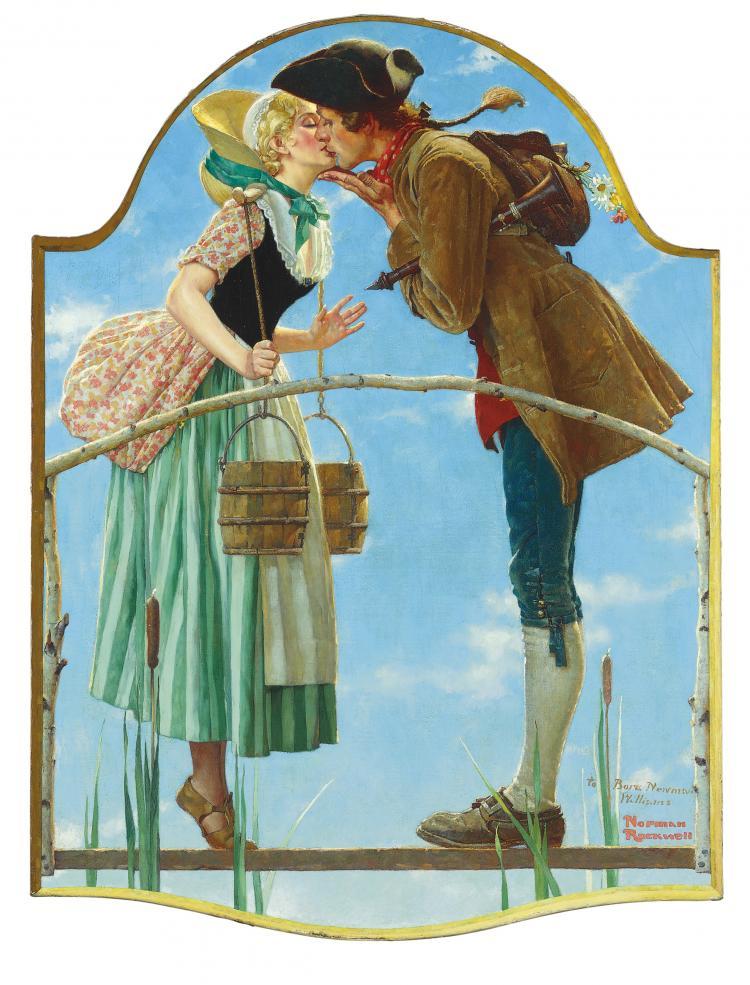
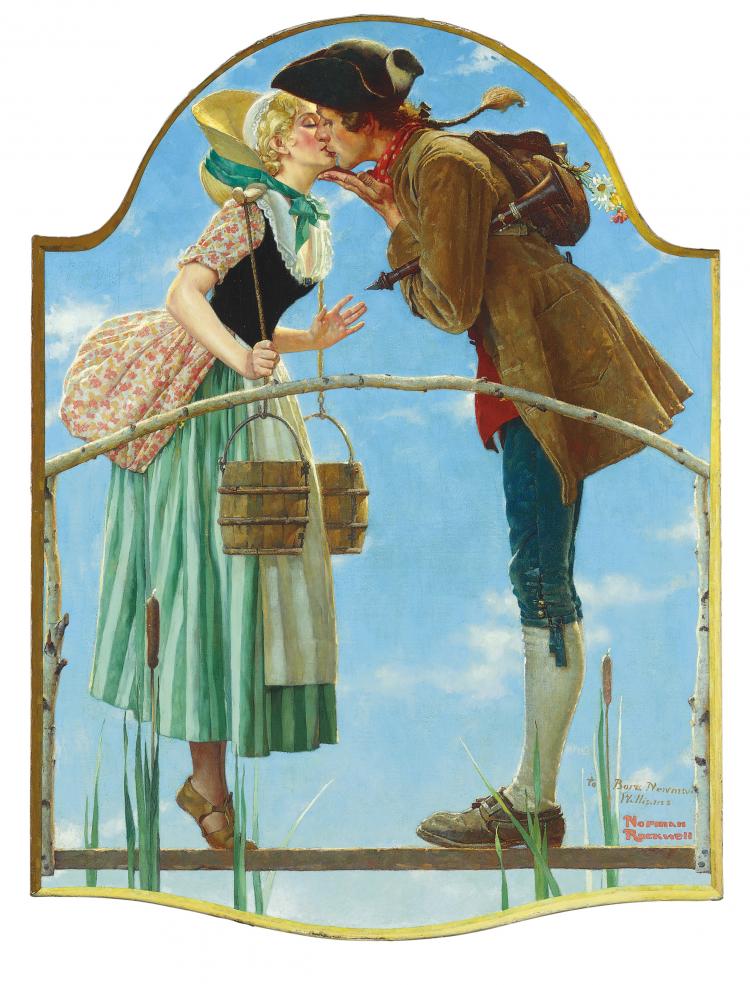
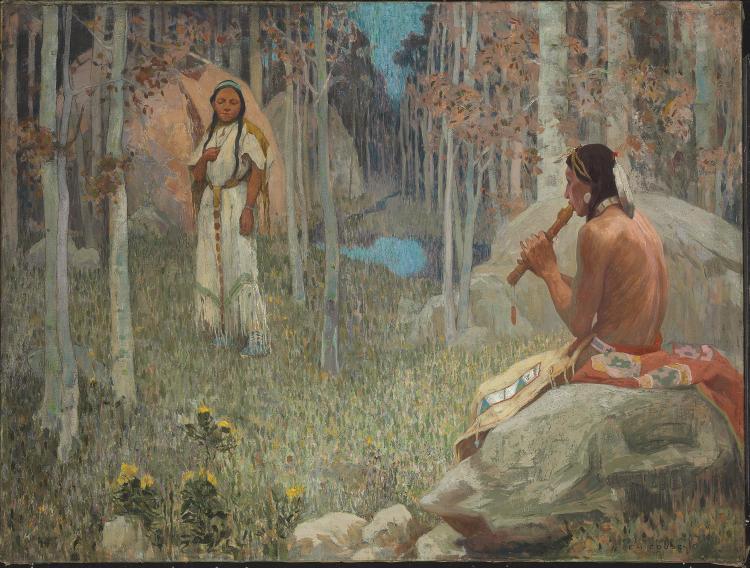
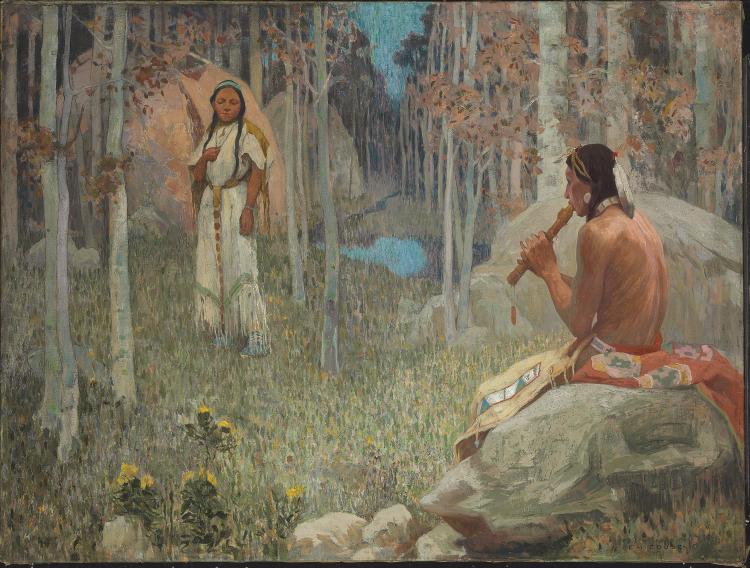
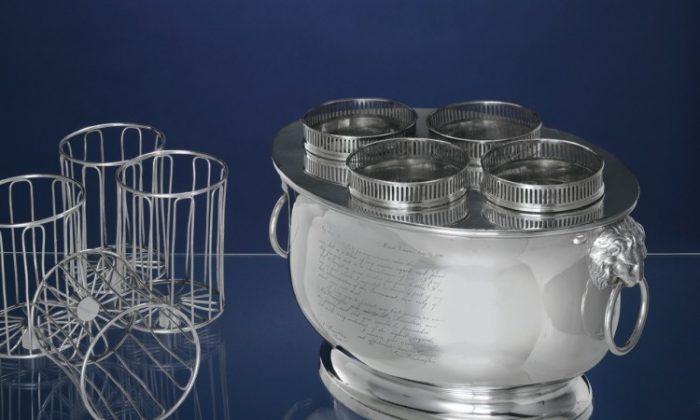
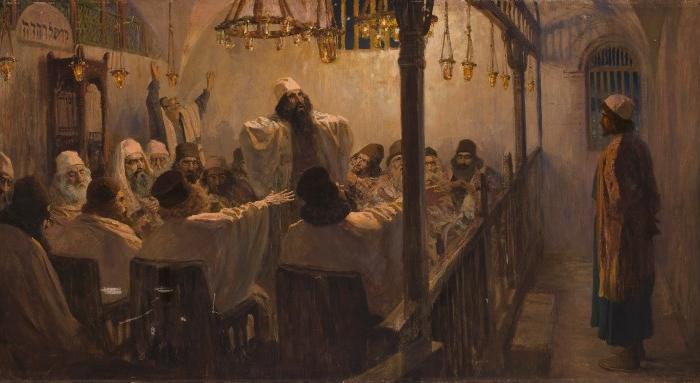

Friends Read Free